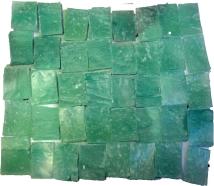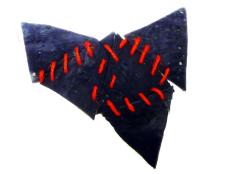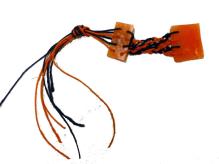Let’s do a bit of live reporting here! Yes indeed, live from my own kitchen.
Who says natural dyes can’t give you rich bright colours? (Sounds like a hair dye advertising, doesn’t it?)
So we got our hands dirty last Wednesday afternoon, got the pots and pans out. Using ingredients we collected for the last few weeks (onion skins, tea bags, coffee ground…) as well as some we ordered on the internet (madder and elderberries), we discovered the wonderful world of pigments. If you look at the colours we obtained, you’ll see that nothing is really as it seems when it comes to dyeing. From the greens of onions skins to the blue and purples of red cabbage, the real surprise came from the beautiful Terracotta we got from tea and the rich gold-like effect from coffee.
Of course, the results depend on many variables. First is the textile you are using. We worked mainly on silk and cotton and confirmed our original preference for the former. The second is the quantities of dye stuff we used. If for some of them, we went by the book, I must confess that we also played the sorcerer’s apprentice on certain experiments (the tea miracle might as well be largely due to living in a house of 7 heavy tea drinkers).
The process is pretty easy in the end and very much like cooking. You first need to prepare your mordanting bath. This will allow the pigments to penetrate and stay in the fibre. In some cases, you don’t actually need one. The mordant is usually made of metallic salts and can be disposed of to water your plants and garden. In the mean time, prepare your dye bath by plunging your ingredients in simmering water. You can scoop it out before putting the fibre in or not. Leave it to cook for a little while. When it’s ready, just rinse it and put it to dry. Yes, it’s that simple. The only real problem is the space, the pots and the scales. But if we managed, you probably can! Just follow the recipe.



